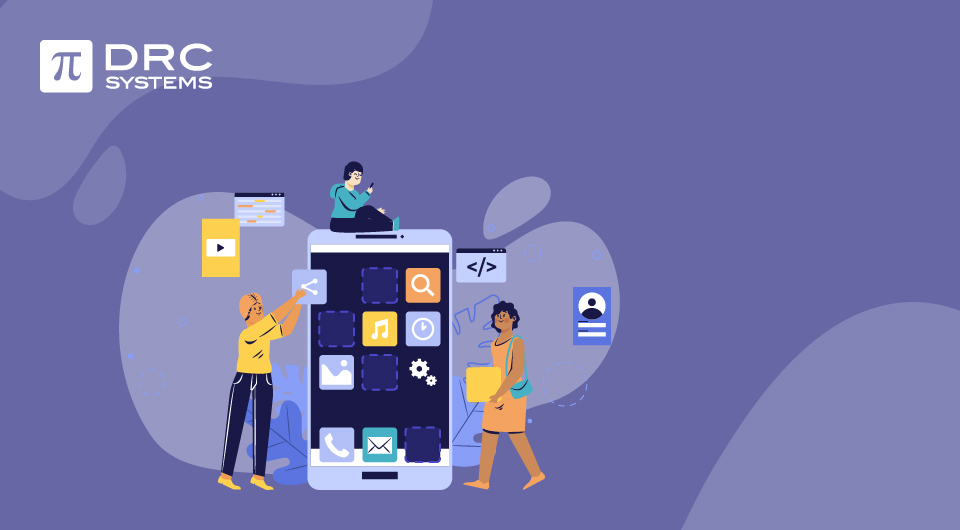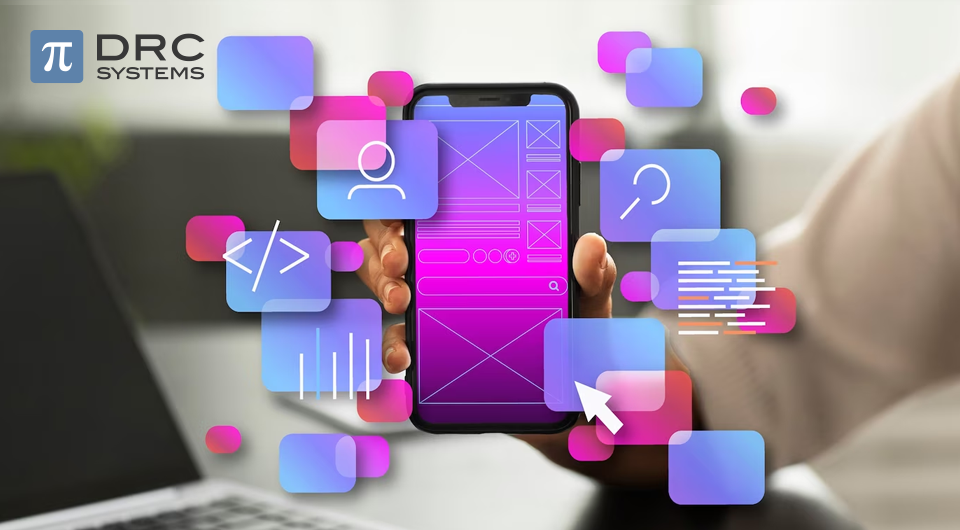Related Articles
A Guide to API Development: Tools, How It Works, and Best Practices.
Digital transformation projects depend heavily on APIs. Here’s everything you need to know about APIs and their development.
Read The PostHow iPhone App Development Can Benefit Your Business.
Discover how an iOS app can enhance your business operations and growth.
Read The PostThe Best Mobile App Development Tools for Building Apps
This article provides a comprehensive overview of the best mobile app development tools you can use to build mobile applications.
Read The Post


